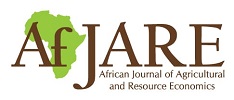Impact of the adoption of residue retention on household maize yield in northern Zambia
Evaluating the impact of agricultural practices helps policymakers and farmers in their decision-making. In Zambia, most households depend on agricultural activities, in particular maize production.
